RTX 3070 vs 3080
This form is protected by reCAPTCHA - the Google Privacy Policy and Terms of Service apply.
Don't have an account?
Creating an account has many benefits: check out faster, keep more than one address, track orders and more.
Since Nvidia released the RTX 30-Series GPU, gamers have been going out of their minds. The GPUs are impressively powerful, delivering a stunning gaming experience. While the GPUs are super powerful, it can still be hard to determine which one is perfect for your gaming rig and which will be total overkill.
The most prominent cards in this range are the RTX 3070 and RTX 3080. On the surface, the cards have similarities. But when you dig a little deeper, you start to notice some differences that could help you make the right choice on which one is a better fit for you. This comparison should help you learn all there is to know about both of these options.
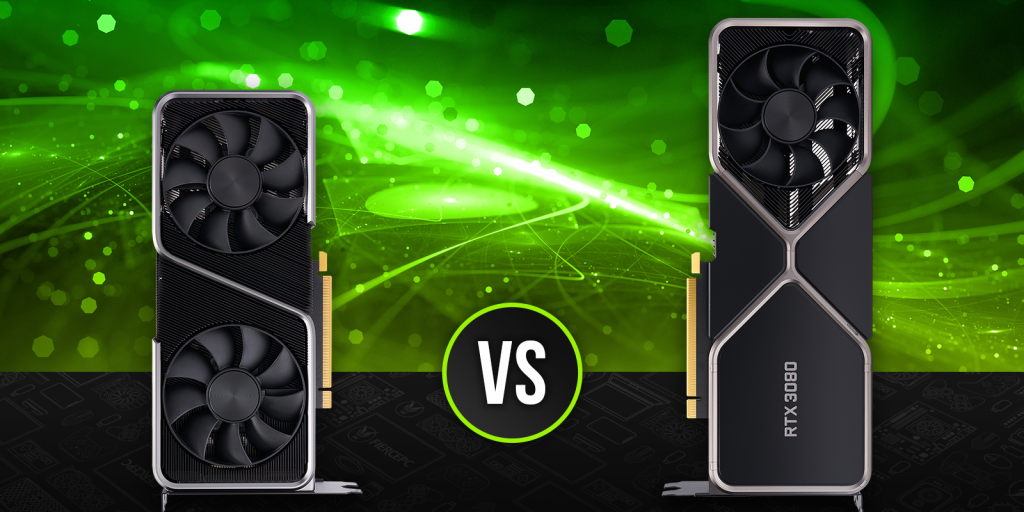
RTX 3070 Vs 3080 Overview
This is a sneak peek of what each GPU has to offer. It’s perfect if you want the short version.
RTX 3070 Specs
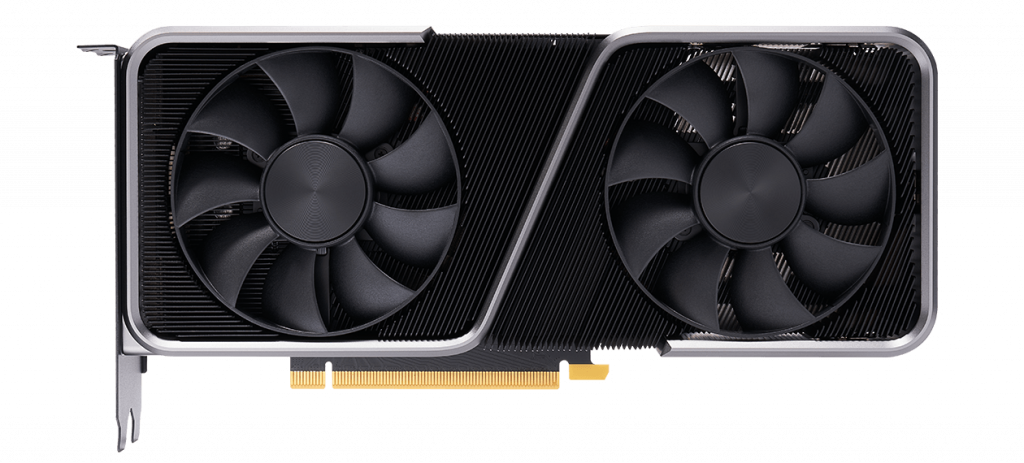
- CUDA Cores: 6,144
- Boost Clock: 1.77GHz
- Base Clock: 1.575GHz
- VRAM: 8GB GDDR6X
- Memory Interface: 256-bit
- Memory Clock Speed: 1.188GHz
- TDP: 290W
The 3070 is the perfect GPU if you’re going for 1440p gaming. You can also use the 3070 for some 4K gaming. But if you want to dip your toes deeply into 4K gaming, it is a speciality best left to the 3080. The 3070 is a more affordable option. It is easier for most gamers to buy. You get not only great value for your money but also superb performance.
Pros
- It is more affordable than the RTX 3080
- It can still push 4K
- It has ray tracing and DLSS
- Works perfectly with QHD gaming
Cons
- It only comes with 8GB of VRAM
- It’s not as powerful as the RTX 3080.
RTX 3080 Specs
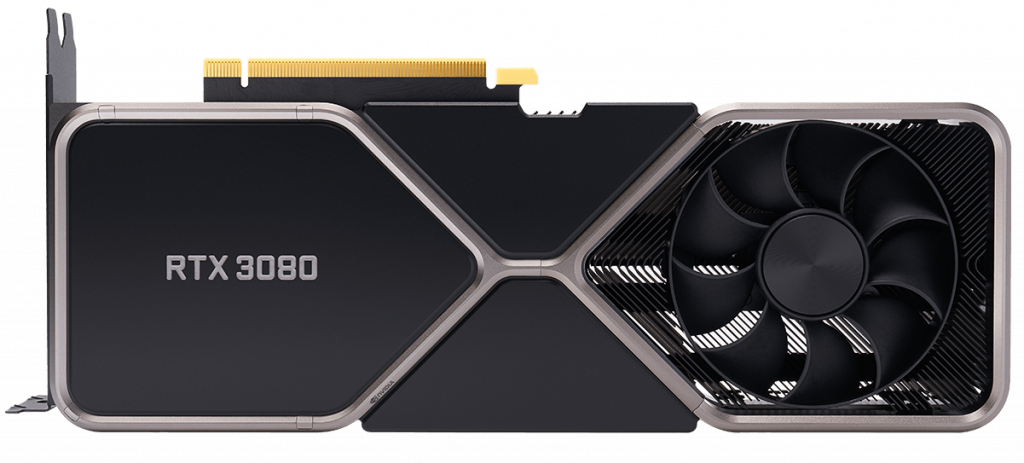
- CUDA Cores: 8,704
- Boost Clock: 1.71GHz
- Base Clock: 1.44GHz
- VRAM: 10GB GDDR6X
- Memory Interface: 320-bit
- Memory Clock Speed: 1.188GHz
- TDP: 320W
For serious gamers that want the best out of 4K gaming, the 3080 is the best option for you. It handles 4K gaming flawlessly and is also ideal for 1440p when you want to take a slight downgrade of your gaming experience. The 3080 is perfect for hardcore gamers. But if you don’t plan on stepping up to 4K gaming, the higher price tag you will end up paying for the 3080 might not be practical.
Pros
- It’s perfect for 4K gaming
- Has 10GB VRAM
- Has ray tracing and DLSS features
Cons
- It costs more
- It is overkill for 1440p gaming
Performance
One of the factors that greatly influence the GPU you buy is performance. Before you can start analysing the performance of these two options, it’s important to factor in the type of gaming you’re going for. It will allow you to give both options a better look.
4K gaming
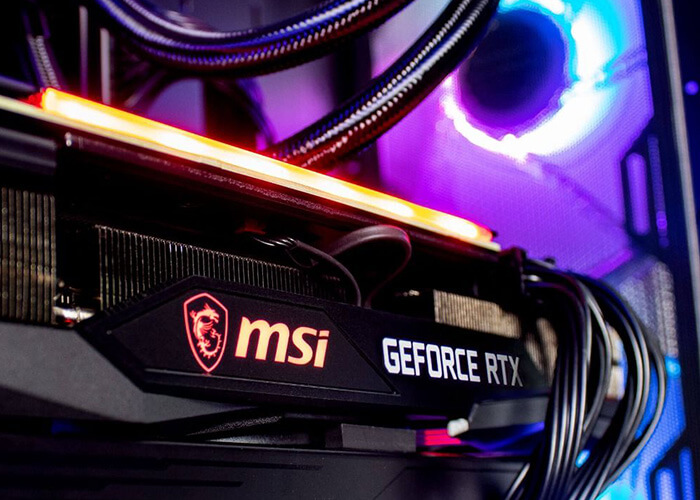
The 3080 is clearly the strong performer and the superior option. The 3080 has more VRAM memory, is faster, has a larger bus, more RT cores, tensor cores and more CUDA cores. However, this performance comes at the expense of a TDP of 320W, which is almost 100W more than the 3070.
If you’re certain you’re going for the 3080, you should make sure your PSU can handle the increased power draw. According to Nvidia, a 750W PSU should suffice.
In most benchmark tests, the 3080 hits well above 60 frames-per-second in most games played at 4K settings. The most demanding games only dropped to about 60FPS.
The 3070 can also handle its own in 4K gaming but only in certain games. It's still not the GPU of choice when going for long-term 4K gaming. The 3080 is still the preferred choice, especially if you have a 4K monitor with a 60Hz refresh rate. It delivers an awesome experience, and it offers you some future-proofing, so you don't have to worry about making a replacement for a few years.
1440p gaming
Considering the performance of the 3080 in 4K, you can rest assured it won't struggle in 1440- gaming. In fact, it crushes 1440p gaming. But so does the 3070, and for a more affordable price tag. If you plan on staying with QHD for a few years to come, the 3070 makes a lot of sense, and it is easier on your pockets. It still comes with handy features like Ray tracing and DLSS technology to boost performance.
The 3070 GPU can also handle a dash of 4K gaming, though not as immaculately as the 3080. At 1440p, the 3080 doesn’t give you that much of a performance boost to warrant the significant price difference. The 3070 will give you an excellent QHD experience. It is the better card for most people, especially if you don't want to take a dig at 4K gaming.
This is where the 3080 GPU makes hay. It is notoriously built to handle 4K gaming even in the most demanding settings. It makes easy work of complicated and heavy titles like Assassin's Creed. It will easily hit over 60FPS.
Although the 3070 provides 60FPS in some 4K titles, you have to drop the settings significantly to keep up with the averages on most of the games. If 4K gaming is your forte, you’re better off with the 3080 GPU.
Architecture
One factor that makes the 30-Series stand out is the complete shift in architectural makeup. The cards have made a complete switch from the Turing blueprint to the newer and more advanced Ampere micro-architecture. Among the advancements in this architecture include a wider HBM2 bandwidth, smaller 8-nm process node, 50% more CUDA cores, 2nd gen RT cores, and 3rd gen Tensor cores.
The variants used to build each card vary slightly. The 3070 is built on the GA104-300-A1 variant for the Ampere architecture. This variable has 5888 shading units spread across 184 texture units, 96 rendering units, 46 SMs and 184 Tensor cores. This gives the card super-fast AI learning.
The 3080 is built on the GA102-200-KD-A1 variant that contains a humongous 8704 shader units. That is a whole 3000 more than the 3070 has to offer. It's a significant jump for a GPU in the same family. The GPU also has an 88 texture unit premium that brings a life-like and lush realism to high-resolution gaming.
The 3080 is 1MB larger and has 5MB of L2 cache. It falls just shy of 100 extra Tensor Cores. Although the cards are considered very similar, they are also vastly different when looking at the details.
Cooling
Courtesy of the change in architecture, the cooling has also improved dramatically. The 3070 can reach about 93 degrees Celsius before throttling, but it is unlikely to breach 80 degrees Celsius under load. If you pair the system with a high-spec air cooler or throw in a liquid AIO if you have the funds, you can easily hit a stable 5% overclock. That should give you a performance that is close to the 2080Ti but at only a fraction of the cost.
The 3080 has a similar thermal capacity, although it pulls a staggering 320 watts than the 3070's 220-watt draw. The 3080 still maxes out at around 79 degrees Celsius under load. If you pair it with a quality cooler, you can easily get an additional +75MHz core to overclock. That will give you some slightly boosted frame rates.
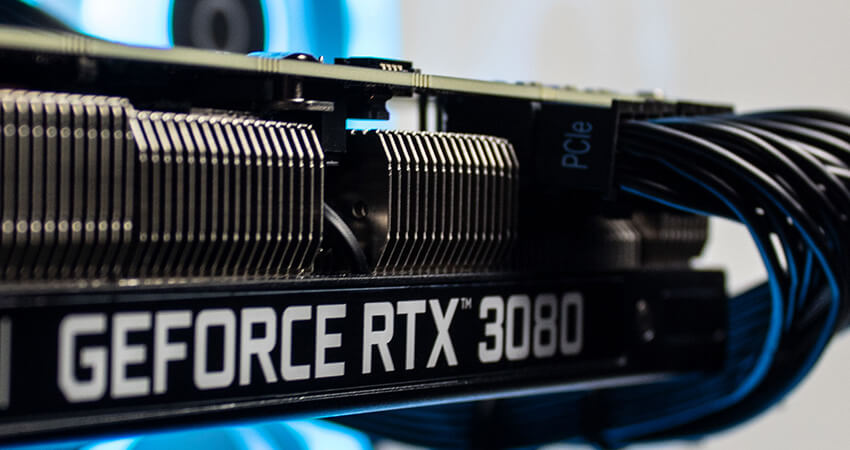
Dimensions
Dimensions are not directly tied to the performance of the card. But if you can’t fit the card into your gaming case, then all the hype about performance will just be empty talk.
The 3070 comes in a modest size that perfectly fits smaller ATX mid-tower cases. It measures about 9.5" in length, 4.4" in width and has a 2-slot. It will easily replace any mid to high-tier previous-generation graphics without any issues.
The 3080, on the other hand, is quite conspicuous and sizeable. It measures 11.2" in length by 4.4" in width. It has the same 2-slot design. For the 3080, you need a large mid-tower case coupled with strong brackets to keep the GPU in place.
With the 3080, it may even make sense to invest in an additional support bracket to keep the GPU from sagging. If you go for third-party iterations, those are even larger. It’s critical that you take some accurate measurements before you purchase the 3080 GPU.
Resolution and Frames Per Second
Resolution and frames per second represent real-world gaming performance. It's what the performance of the GPU boils down to. To give you a clearer picture, let's look at this at different resolutions.
1080p
There’s no question that either of these cards will make easy work of 1080p gaming. But to get anywhere close to the performance that these cards are capable of, you need to invest in a monitor with a high refresh rate. Without that, you will barely scratch the surface of the potential that these cards have to offer.
1440p
1440p is considered the native resolution of the RTX 3070 GPU. It is almost impossible to get a game that won’t hit the desired 60fps average using the 3070 GPU. Even with demanding titles, the card will hit at least 80fps. That makes it an excellent option for 60Hz 1440p monitors.
The 3080 is overkill within this resolution unless you have a super-powerful monitor with at least 140Hz. If you care to use the 3080 GPU in this range, you can easily push over 100FPS even in the most demanding games.
Ray Tracing
You've probably heard of Ray Tracing every time you come across a review on the 30-series GPUs. It is the pinnacle of the impressive features that this range of GPUs offers. Ray Tracing isn't necessarily a new feature. It started with the 20-Series GPUs. But with the 2nd generation RT cores that offer twice the throughput per core, the full effects of Ray Tracing are coming to the fold.
The 3070 has 46 2nd gen RT cores in total. It is an excellent armoury of features that bring shadows, lighting and reflections to life. It is a neat feature that merges the virtual and the real worlds. But in the process, you may have to drop some frames with the 3070 GPU.
The 3080 is a guru in this field. It has an impressive stockpile of RT cores – 68 in total. As a result, you get exquisite lighting in compatible games. However, even with the remarkable features of the 3080, the burden on frames per second is substantial. If you choose to run the GPU in ultra-RT mode, the dropped frames reduce it to a 1440p performance level.
VRAM
A difference in memory configurations in one GPU family can make all the difference. Iin most cases, the memory configurations between GPUs in the same family are often insignificant. But in this case, Nvidia was targeting different native resolutions with each of the cards, and therefore the VRAM specs are quite different.
The 3070 GPU packs an 8GB GDDR6 VRAM, while the 3080 has a 10GB VRAM and enhanced GDDR6X memory. The 6X also has a higher operating frequency. With 760.3 Gbps, the 3080 has almost twice the bandwidth of the 3070.
The 3080 also features a 320-bit bus memory interface, while the 3070 has a 256-bit bus. The GGDR6 on the 3070 has a 16-byte length which is twice that of the GDDR6X. That gives the 3070 a higher memory clock frequency of 1750MHz. However, the GDDR6X has double the efficiency per channel. That translates to 19GBps effective speed, which is 5GBps faster than the 3070. The 3080 also has an extra 2 GB capacity, giving it a higher resolution edge.
Which One Should You Buy?
After going through all the details and the technicalities of the performance of each of the GPUs, it's time to answer the all-important question – Which one should you buy?
On the one hand, you have the more affordable RTX 3070. But it has lower performance, but given the performance difference, you can't consider it much of a loss considering how much you will save on the price.
On the other hand, you have the RTX 3080 – performance beast that will likely cost you an arm and a leg. For most gamers, it's not practical to go for the 3080 because it is overkill. But if you're hell-bent on 4K gaming, by all means, the 3080 will deliver the gaming experience you want.
The GPU you should buy boils down to your gaming preferences and the gaming titles you like to play. The 3070 can handle some 4K gaming on the lesser demanding games, but if you want something that goes all out and is better at future-proof, the 3080 should be your choice.

